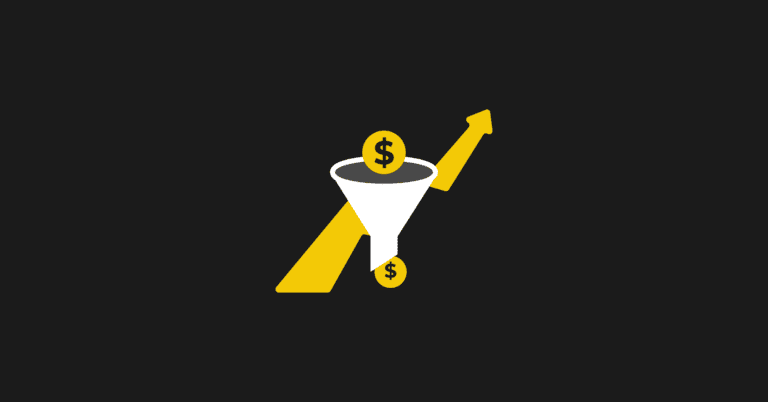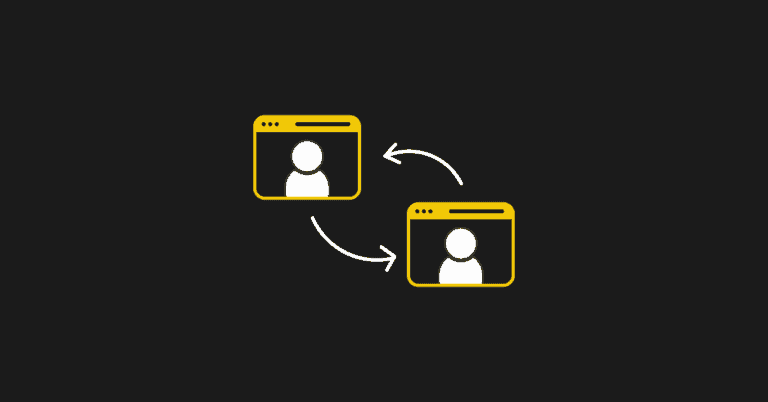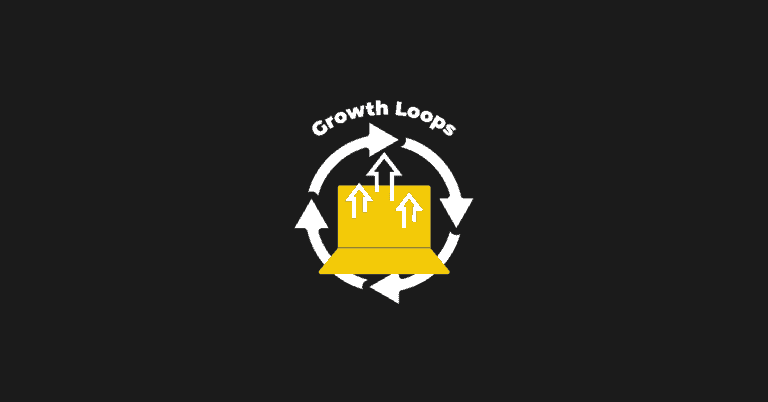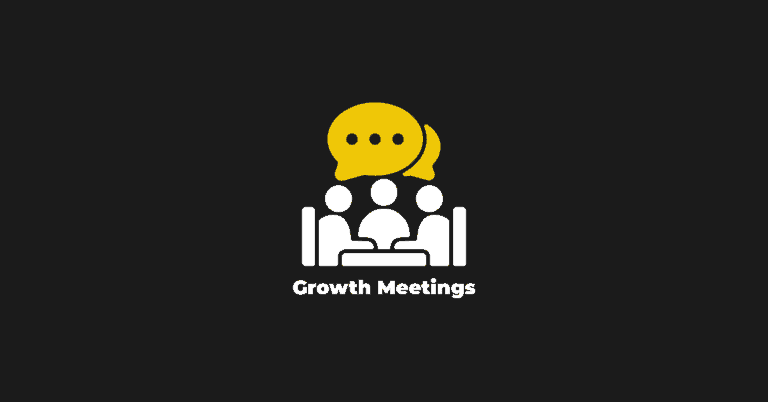Product-led organizations believe that product qualified leads (PQLs) are the next wave to catch.
I started Flywheel to help marketers and salespeople convert more of those free trials and freemium users using product-led growth.
Through experience, I began to see the gap where leads fall through because they’re not “qualified.” The criteria for PQLs makes it easier to reach your goals – but at what cost?
I have a different idea about PQLs. And after reading this article, you might find some high quality leads once you’ve adopted some of these ideas.
What Are Product Qualified Leads (PQLs) and Why Are They Important?
This conversation begins with qualified leads (QLs), which is a concept and tool to quantify lead qualification. QLs offer a simple way for a company to rally around a unified set of metrics.
Marketing qualified leads (MQLs) are a predecessor to PQL, and are very popular for that reason. Leads that are marketing qualified have expressed interest in the brand and are deemed more likely to become a customer than other leads.
These differ slightly from sales qualified leads (SQLs), which are validated by your sales or customer success team as potential customers for your product.
Product qualified leads (PQLs) offer a great way to learn more about which users are finding value in your app. It can understood simply as this:
PQLs qualify whether a lead is a good potential customer for your company based on how they use your product.
Benefits of Using PQLs
There are undeniable benefits to using PQLs at your product-led company. Product usage is an essential data source and PLG companies cannot afford to ignore it.
PQLs are a form of user research for product-led companies. With a freemium or a free trial, PQLs can also be used with SQLs if those users are inside the application. With this system, teams can:
- Create a set of criteria to put their users into buckets
- Pass the qualified leads to a sales team or a customer success team
- Put a name to the face of your user
- Name what king of user they are
In general, for B2B SaaS companies, PQLs are a good indication of interest in your product if you have very engaged user bases. That being said, it still may not be the next best thing to focus all your energy.
Why Qualified Leads (QLs) Are A Never-Ending Story
The issue with QLs is that the simplicity of the mental model makes teams rally around them, yet they present a host of issues that affect the company overall. Having been in marketing for a while, I’ve seen these two issues come up repeatedly.
Settling On a Set of Criteria
Figuring out a set of criteria that both Marketing and Sales align with is very difficult and time consuming. To determine and define a QL between these different teams can also get a little bit political.
Leadership in these departments want to ensure that their teams are able to hit their goals. This means that often the incentive alignment isn’t as important.
Immediate Irrelevance
Once you've spent the time to align teams on what defines a QL, it often becomes irrelevant very quickly. We can use the example of the Pandemic.
All of a sudden people stopped going to in-person events, so that score of points towards an MQL are irrelevant. With the transition to webinars, you change the amount of points that go into that MQL calculation.
Effectively, you have an ever-changing number or set of inputs to get to that number to really get to clarity on an MQL – the goal posts continue to shift. And it’s the same with PQLs.
You end up spending so much time chasing the numbers, wanting them to be accurate, without having actual time to use that data.
The Danger of Any Type of QL
When teams determine and classify any type of QL, it creates artificial lines and a sense of finality. Once that team has qualified a lead, it then gets passed off to the next team.
The QL hand off can be detrimental for fast-paced and dynamic buyer journeys.
When buyer journeys were very linear, a hand-off made sense, but product growth is extremely flexible. Every journey is fairly unique making it a challenge to keep buyer journeys consistent.
With the PLG approach, how should we change our perspective on PQLs, MQLs, and SQLs? Especially as it affects the user experience?
An Alternative Solution to PQLs: Team Qualified Leads
The idea of a “team” or “company” qualified lead is rooted in a collective approach in a PLG company. Companies should rally around converting free and freemium users to paid customers.
Every department will play some role in that acquisition and they are not linear handoffs. The team qualified lead is a potential customer that goes down a naturally messy and very human journey.
An Example of the Journey
Let’s say that person X at company Y signs up for your product, as person X is exploring the product and this is what their journey might look like.
- they stop exploring
- Marketing might send them some emails, one of those might pique their interest
- and then they'll go back into the product
- They might then not be able to figure out a feature.
- So then they'll go to your help documentation or your support documentation,
- maybe they'll talk to customer success
- and then they'll come back out and they'll loop in another stakeholder.
- And that stakeholder will only evaluate one part of the app. That might be just a specific feature that's relevant to that person's role, even though the other person is the champion.
- Then that stakeholder might go visit the website, they might watch videos and et cetera.
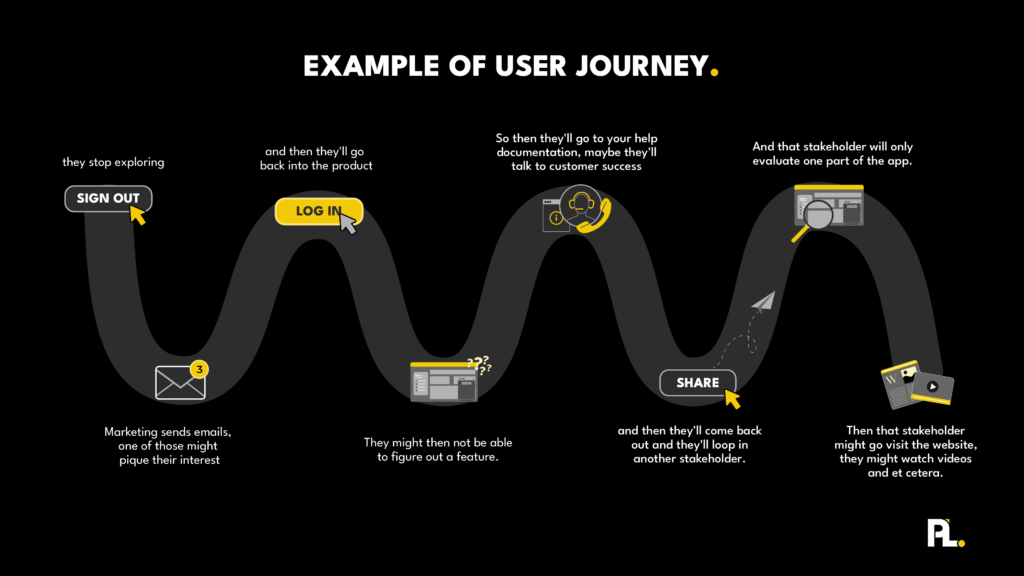
This continues in an entangled way, making it very difficult then to say that the buyer has a linear journey.
What teams need to do is take not only the product usage data, but also the sales and marketing interaction data. When you put it together as an overall timeline, you can see that timeline ends only when someone converts.
Focusing on one data source makes it much harder to understand how a buyer got there if you just focus on satisfying a set of criteria.
So on top of giving your users a smoother transition from your free trial model to being paid, it also makes the process easier for yourself. You just have to change how you see your users in general.
The Logic Behind “Team” Qualified Leads
With a PQL or an MQL, the goal is to find a happy medium where the user has satisfied a number of criteria.
The issue is that the lines get pushed quite far back into the user journey. This could mean that Sales might not be activated until day seven or 10 or even later.
Here’s what we do at Flywheel:
- We standardize and structure the data based off of time as a fundamental undercurrent.
- We evaluate companies that come in based on their marketing, product and sales interactions, as well as customer success every certain number of days.
- We check in on day 0, day 1, day 3, 7, 14, and 28 for a 30 day trial.
- At each one of those markers, we'll compare that company's progress compared to everyone else who was at day seven at that time.
With this we can identify really excited companies that wouldn’t necessarily measure up to a PQL criteria. For example, at day three they only satisfied half the criteria. We can tell that they're achieving those far faster than most people did, even if they became PQLs officially on day seven.
Our teams are able to reach out much earlier to great leads and capture them when their interest is high, rather than waiting for that last criteria to fulfill itself.
This is why strictly using PQLs in business is too strict.
If we can make it more fluid, we'll be able to find those diamonds in the rough that maybe haven't hit milestones the way that we would’ve thought in our business.
Creating a customized experience is the essence of being product-led. You're prioritizing the user experience and make converting leads much simpler for your teams.
Are PQLs the Bread and Butter of Your PLG Company?
Product-qualified leads are a simple starting point, and a great first step, for companies not already looking at product usage.
However, if you're looking towards the future, something a little more inclusive could be the answer to tracking your high quality leads.
If you're just focusing on PQLs and product usage, you're missing half the user journey. Pay attention to users as they go to your website, engage with support, talk to your sales teams, or other actions that lead towards them becoming hotter leads.
For product-led growth companies, your primary goal should be to show your users the value of your product as quickly as possible. You need to prove to your users that your app is more valuable than your competitors in a shorter amount of time.
It's not enough to show value, you have to show more value. And the way to do that is not just in the product.
During our 4-week ProductLed Accelerator program, we cover both monetization and onboarding. The cohort-based program provides all the tools you need to launch a product-led growth strategy that fits your product. Even if your product is already in the marketplace, we can help identify the areas you can experiment on to increase market adoption.
When you sign up for the ProductLed Accelerator program, you get:
- Full access to the 4-week live online program for 60 days that covers the steps to implement product-led growth.
- Unlimited 1:1 feedback for 60 Days via Slack with ProductLed Coaches for concrete feedback.
- Private Slack community for class discussions with your cohort.
- Frameworks and templates that help you apply the training to your business.
Take our free PLG certification course now or sign up for our next live training program. You can also get your questions answered by peers and experts when you join the world’s largest product-led growth community on Slack.





